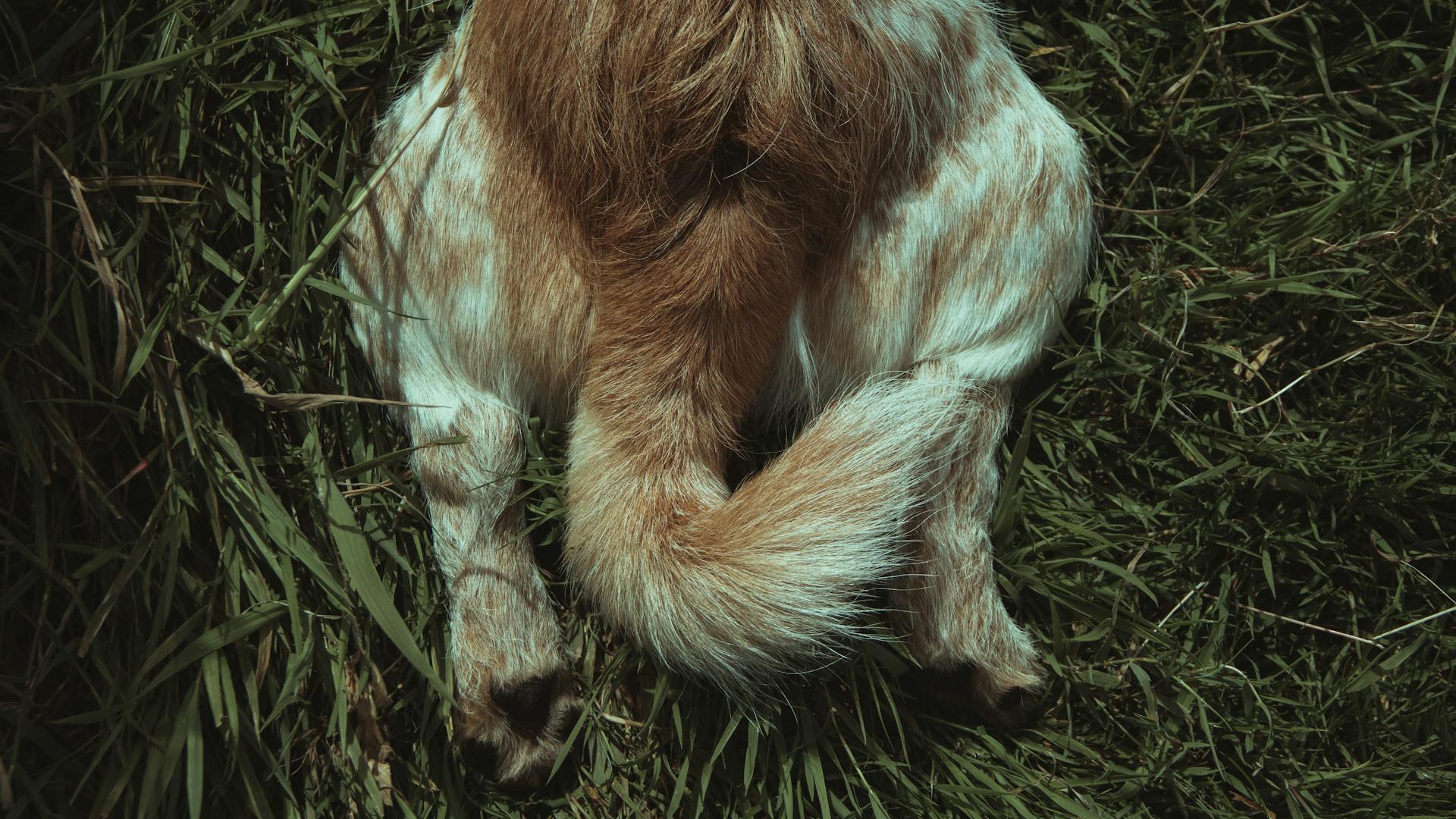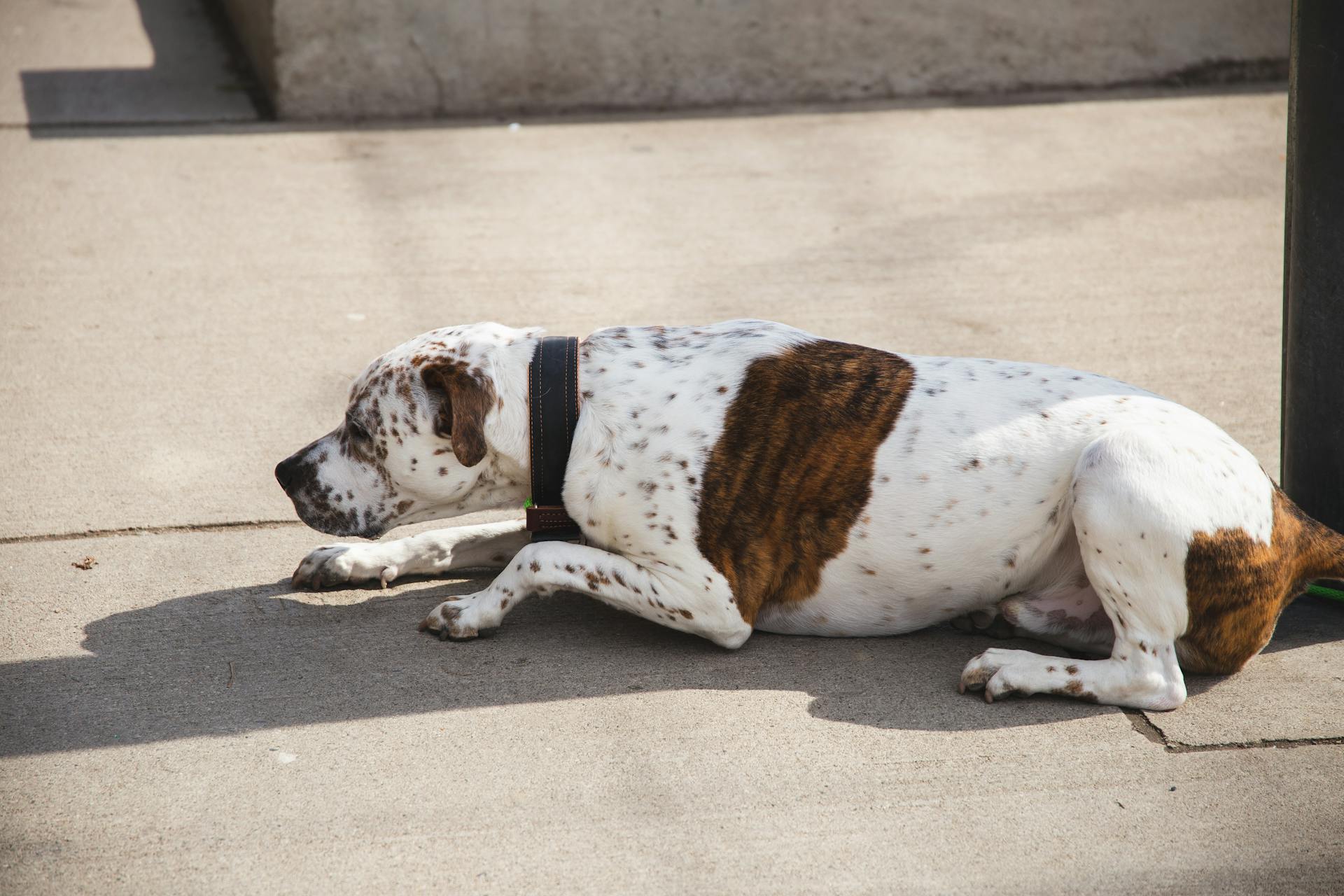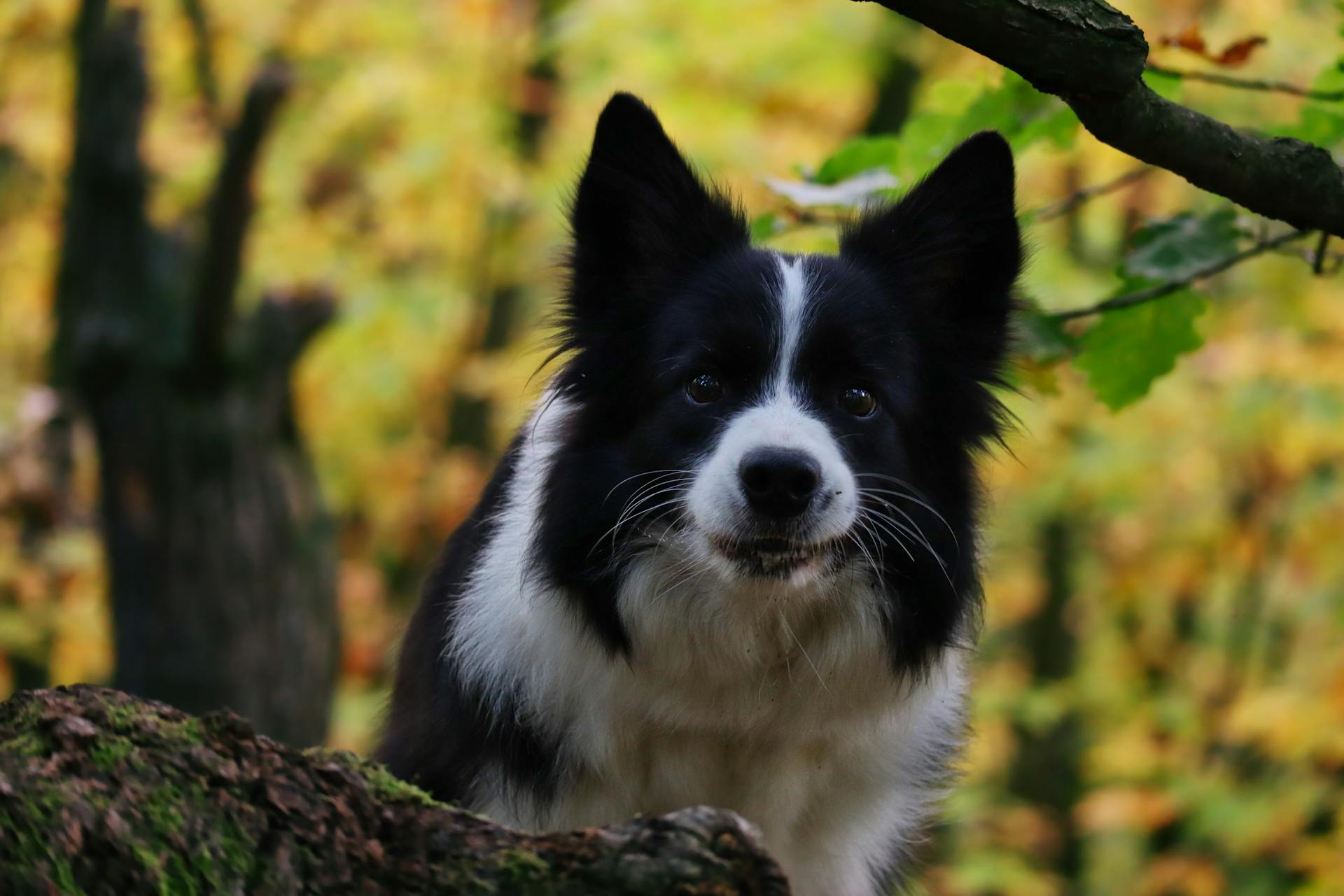
Plott Hound hunting is a unique and rewarding experience that requires the right combination of dog, terrain, and technique. These dogs were originally bred to hunt boar in the mountains of North Carolina, and their strong prey drive and endurance make them well-suited for rugged terrain.
To care for a Plott Hound, it's essential to provide regular exercise and mental stimulation. A daily walk or run is a must, and they also need to be engaged in scent work or hunting activities to keep their minds active.
Plott Hounds are prone to bloat, a serious health issue that can be life-threatening if not addressed promptly. Regular feeding and exercise routines can help prevent this condition, but it's crucial to be aware of the signs and symptoms.
A Plott Hound's short, smooth coat requires minimal grooming, making them a great choice for busy owners.
Physical Characteristics
The Plott Hound is a sleek and agile breed, built for speed and endurance. They have a medium build, with a fine and glossy coat that's striking in appearance.
Their coat comes in multiple shades of brindle, including yellow, red, tan, brown, and black. This distinctive brindle pattern gives them a unique appearance that's hard to miss.
A Plott Hound should measure between 20 to 25 inches at the withers for males, and 20 to 23 inches for females. Males should weigh between 50 to 60 pounds, while females should weigh between 40 to 55 pounds.
Their coat is also fine to medium in texture, short or medium in length, and has a smooth and glossy appearance. This makes them well-suited for hunting in various weather conditions.
Here are the accepted brindle shades for a Plott Hound:
- Yellow brindle
- Red brindle
- Tan brindle
- Brown brindle
- Black brindle
- Grey brindle
- Maltese (slate grey, blue brindle)
While some white on the chest and/or feet is permissible, white found anywhere else is a fault.
History and Origin
The Plott Hound is one of the few Coonhound breeds to originate in the United States without any English Foxhound ancestry.
In 1750, Johannes “George” Plott arrived in America with five Hanoverian Hounds, which would eventually become the foundation of the Plott Hound breed.
These dogs were bred for generations in the mountains of North Carolina for their stamina and gameness, specifically for boar hunting.
The Plott Hound breed was developed over seven generations by Johannes and his descendants, who kept the strain entirely pure by making no outcrosses.
The Plott Hound pack passed into the hands of Henry Plott in 1780, and he was responsible for its later development.
The Plott Hound became famous as a Coonhound, and in 1989, it was officially recognized as the state dog of North Carolina.
Broaden your view: Carolina Dogs
Care and Nutrition
Plott Hounds are natural-born hunters, but they also make great family dogs who are loyal and eager to please. They require minimal coat care, and they adore both human and canine companionship.
To keep your Plott Hound happy and healthy, feed them a high-quality dog food that matches their life stage. This means choosing a food that's suitable for their age, activity level, and size.
A Plott Hound's meal schedule should include at least three measured meals a day for puppies, and twice a day for adults. This can be adjusted based on your dog's lifestyle and activity level.
Plott Hounds can be prone to obesity, so keep an eye on their calorie intake and choose a dog food approved by the Association of American Feed Control Officials (AAFCO) to ensure a balanced diet.
Here's an interesting read: When Is National Boston Terrier Day
Caring for a
Caring for a Plott Hound requires minimal coat care, making them a great choice for busy owners.
Plotts adore both human and canine companionship, so be prepared for a snuggly and social pet.
They love to be active, whether it's a hike, a swim, or a long walk with plenty of exciting smells.
This breed is loyal and eager to please, making them a great addition to families with children.
Plotts are natural hunters, so they'll keep you on your toes and provide endless entertainment with their antics.
With their hunting roots, they're built for action and need regular exercise to stay happy and healthy.
Food & Diet

Feed your Plott Hound a high-quality dog food that matches their life stage, whether it's puppy, adult, or senior. This means choosing a food that's specifically formulated for their age group.
Plott Hounds can be prone to obesity, so monitor their calorie intake closely. A good rule of thumb is to feed them twice a day, in the morning and evening, as they age.
A top-notch dry food with protein content between 18% to 22% is ideal for an adult Plott, while puppies need 25% to 30% protein to fuel their growing bodies. This ensures they get the nutrients they need to stay healthy and energetic.
Adding some meat to their meals can be a great way to boost their protein intake. Lean chicken, lamb, turkey, and beef are all good options, and can be fed daily without any ill effects.
Fruits and veggies can also be a healthy addition to their meals, but be sure to serve them in moderation. Apples, for example, have vitamin C and fiber, making them a great choice. Other fruits like watermelon, blueberries, and strawberries are also nutritious options, but be sure to research and consult with your vet before offering new foods.
Readers also liked: Adult Basset Hounds
Health Issues
Plott Hounds are generally a healthy breed, but like any breed, they can be prone to certain health issues. Regular ear cleaning can help prevent ear infections, which are more common in breeds with pendant ears like the Plott Hound.
Bloat, also known as gastric torsion, is a serious condition that can be life-threatening, especially in deep-chested dogs like the Plott Hound. It occurs when a dog's stomach fills with gas and twists.
Dysplasia is another potential issue that can affect the Plott Hound, particularly in their joints. This can lead to pain and arthritis, so it's essential to limit strenuous exercise during adolescence to prevent it.
To keep your Plott Hound healthy, it's crucial to be aware of these potential health issues and take preventative measures. By staying informed and taking good care of your dog, you can help prevent or manage these conditions.
Here are some key health issues to watch out for in Plott Hounds:
- Ear infections: Regular ear cleaning can help prevent these.
- Bloat: Be aware of the signs of bloat and seek veterinary attention immediately if you suspect your dog is experiencing it.
- Dysplasia: Limit strenuous exercise during adolescence to prevent joint problems.
Frequently Asked Questions
What is the toughest hound dog?
The Plott Hound is known for its rugged and relentless hunting ability, making it one of the toughest hound dogs. With its fearless and bold nature in the field, it's a breed that demands respect.
Featured Images: pexels.com


